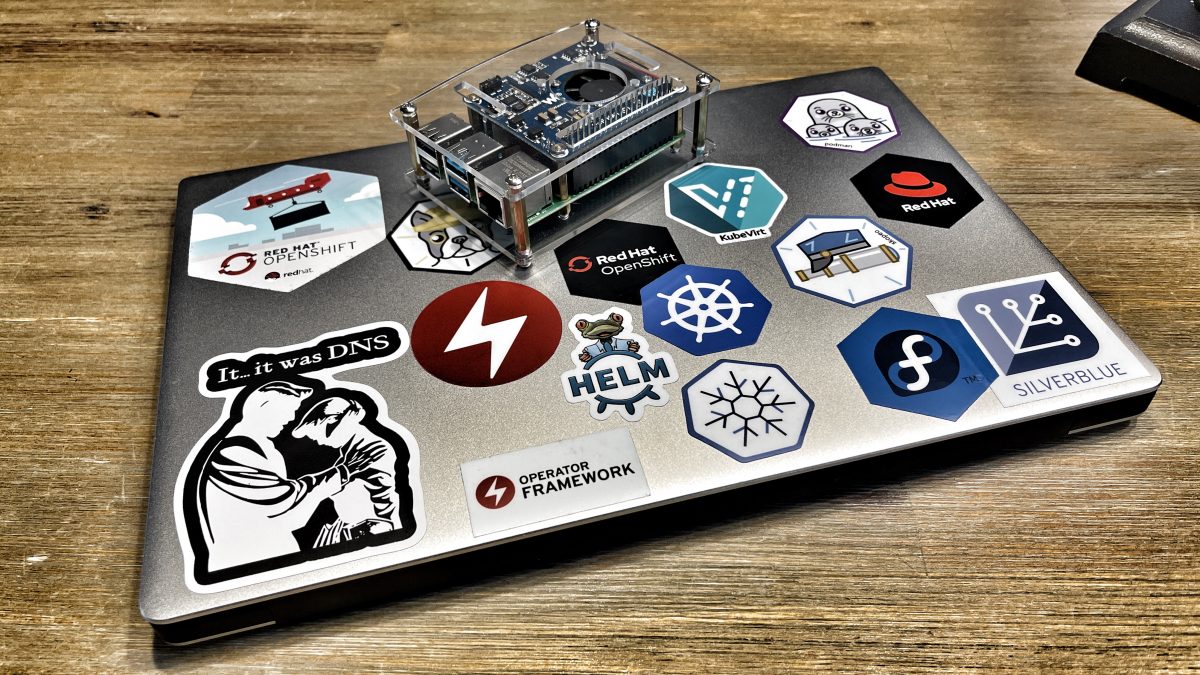This guide will show you how to run the newly GA’ed bits of MicroShift on a Raspberry Pi 4 using Fedora IoT 38 or 39. It can announce routes via mDNS so hosting applications in an mDNS aware LAN is a breeze. THIS IS COMPLETELY UNSUPPORTED. DON’T EVEN THINK OF RED HAT SUPPORT WHEN YOU […]



